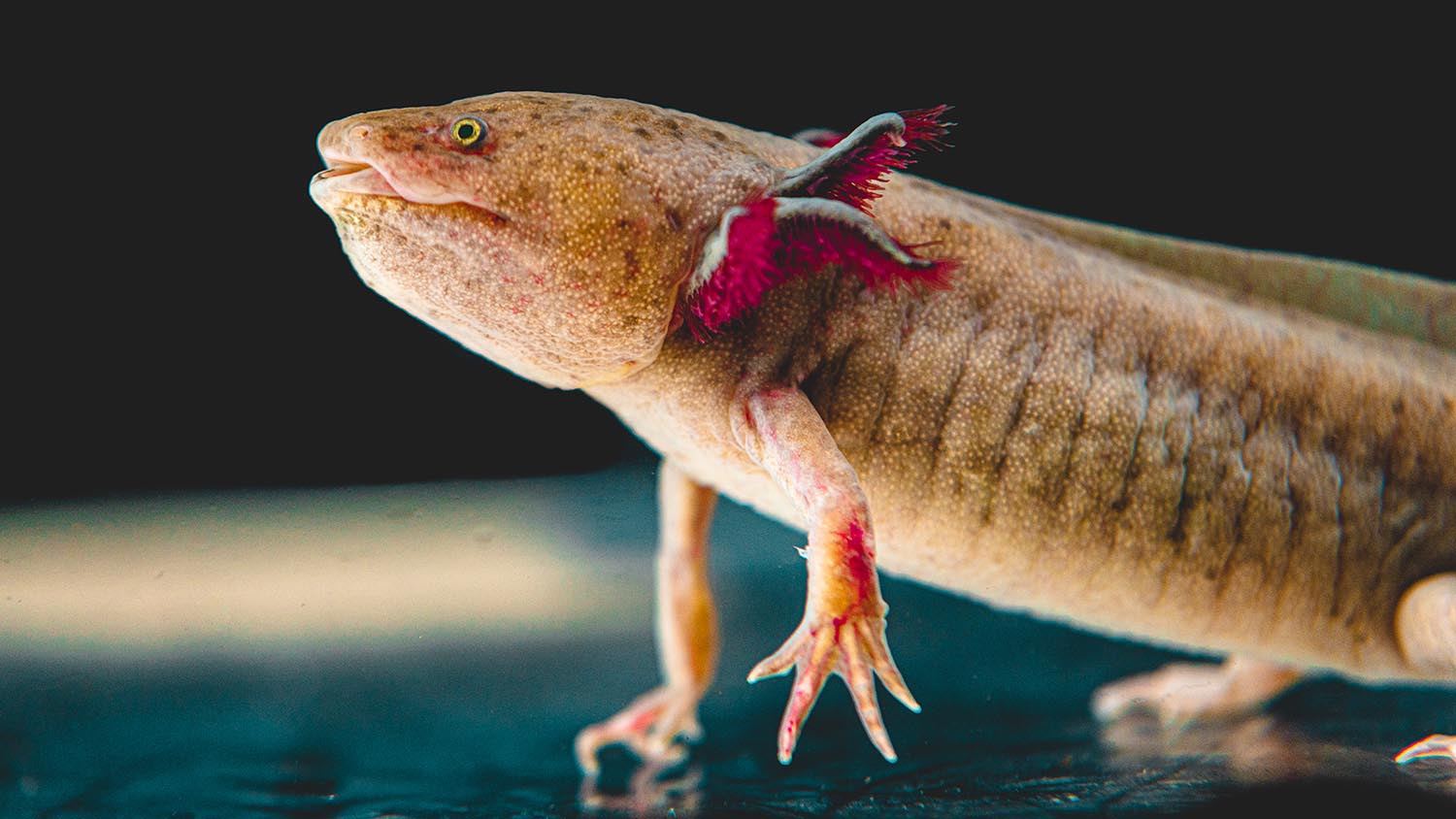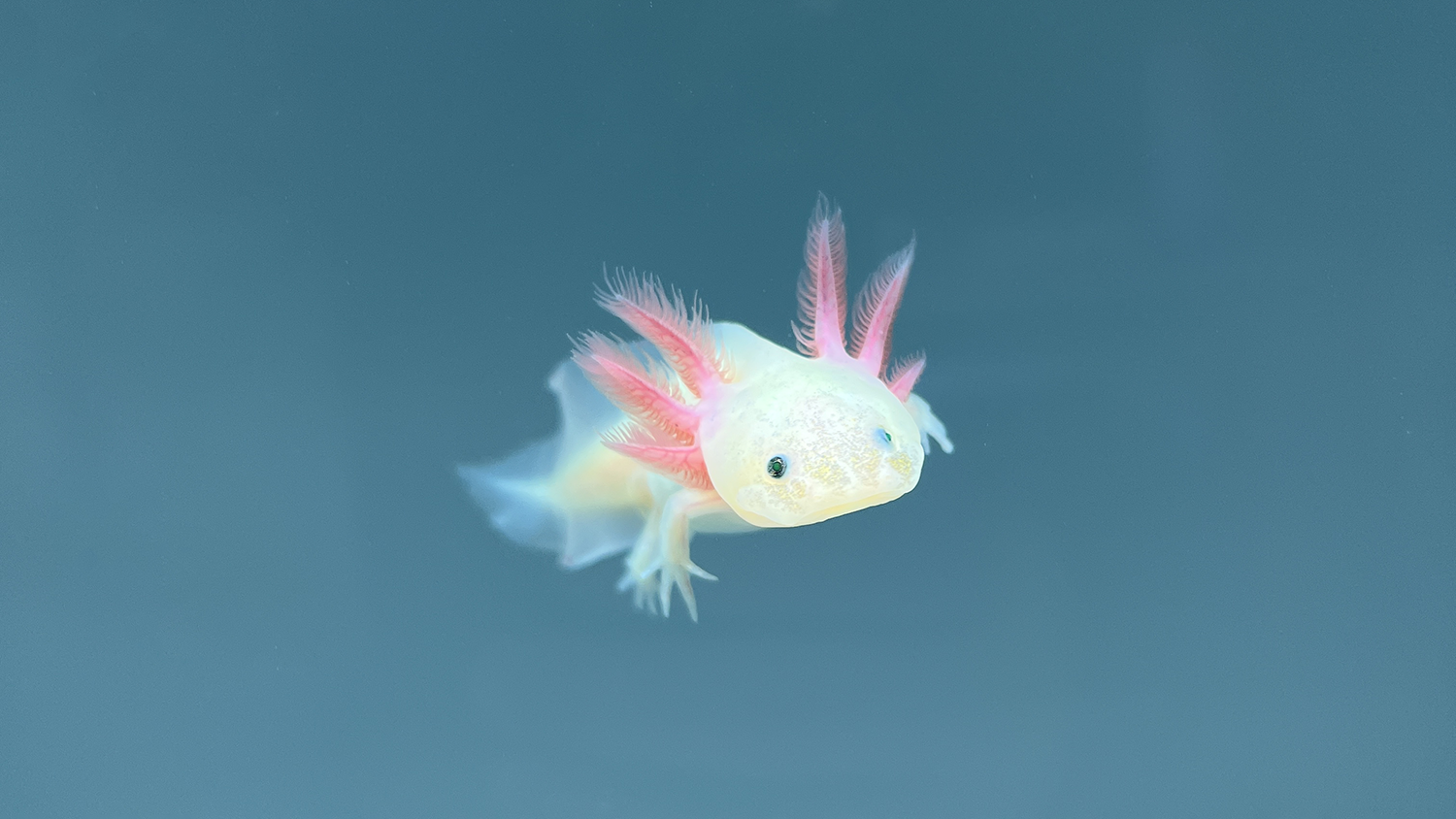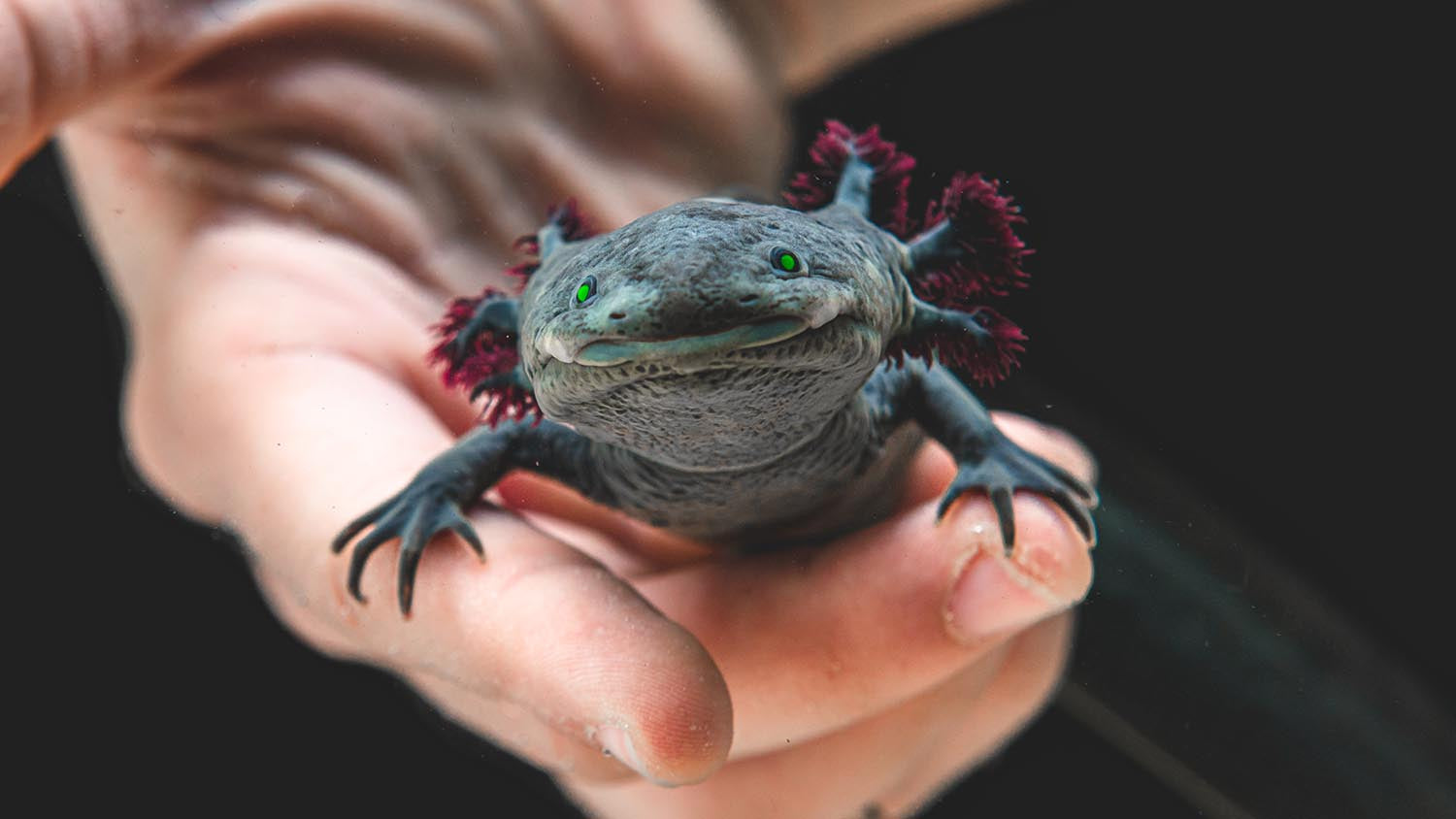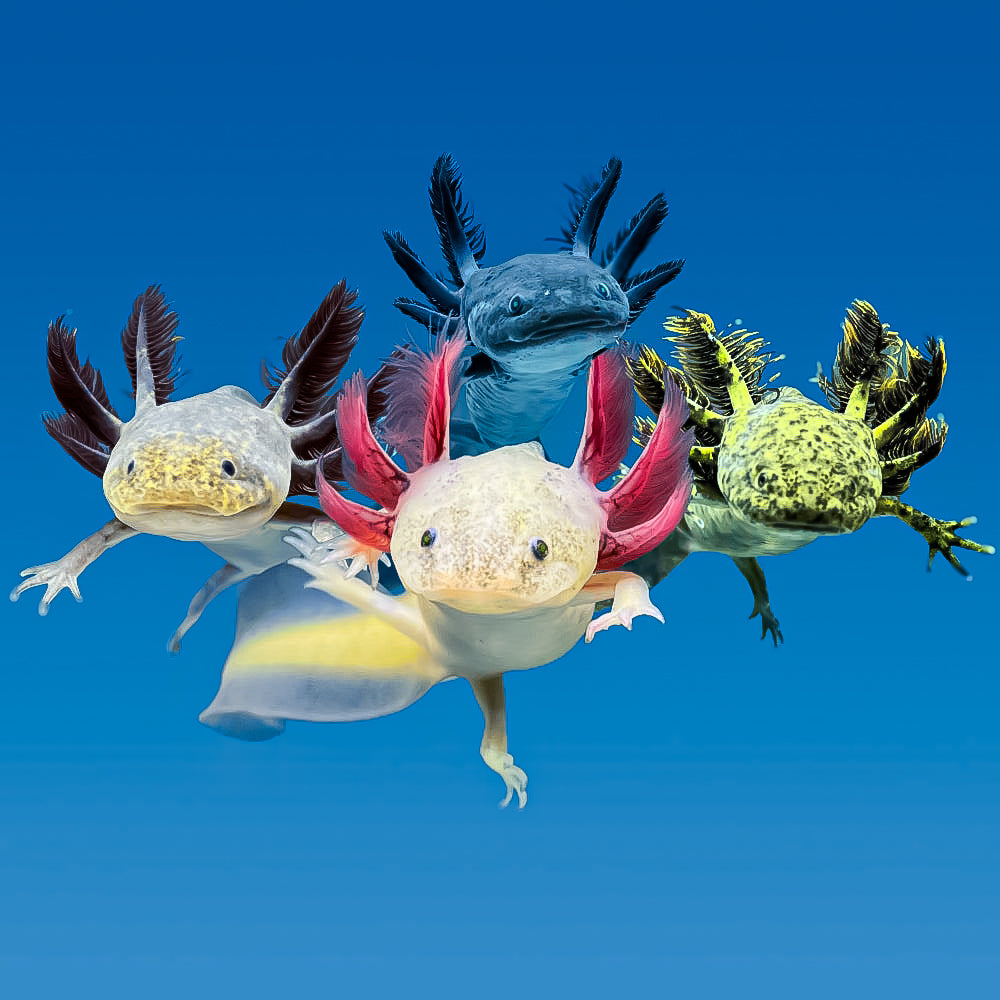Axolotls, known for their distinct appearance and regenerative capabilities, are intriguing pets. However, their delicate nature means that they require careful handling. This article explores whether axolotls like to be touched, the importance of their slime coat, and how to minimize handling. Additionally, we’ll delve into what axolotls feel like when touched.
Do Axolotls Like to Be Touched?
Axolotls are not particularly fond of being touched. Unlike dogs or cats, they do not seek out physical interaction and can become stressed when handled frequently. Axolotls are primarily observational pets, thriving when they are left to explore their environment undisturbed.
Their skin is covered in a protective slime coat, which plays a crucial role in their health. This slime coat acts as a barrier against pathogens and helps in maintaining hydration. When you touch an axolotl, oils and chemicals from your skin can be absorbed into this slime coat, potentially causing harm or stress to the animal.
The Importance of the Slime Coat
The slime coat of an axolotl is vital for its overall health. It protects the skin from infections and helps regulate their interaction with the aquatic environment. Here’s why it’s important to avoid unnecessary contact:
Chemical Absorption
Human skin can carry various substances, such as lotions, soaps, and natural oils. When these come into contact with an axolotl, they can be absorbed through the slime coat, potentially leading to skin irritation or other health issues.
Stress Reduction
Handling axolotls can cause them stress, which may weaken their immune system and make them more susceptible to disease. Reducing physical contact helps maintain their well-being and longevity.
Minimal Handling Practices
While it’s best to avoid touching axolotls as much as possible, there are instances where handling is necessary, such as during tank cleaning or health checks. Here are some tips for minimizing stress during these times:
Wet Hands or Gloves
If you must handle your axolotl, ensure your hands are wet or use wet, powder-free gloves. This reduces the risk of damaging the slime coat.
Gentle Handling
Be gentle and avoid squeezing or gripping too tightly. Support their body fully to prevent injury.
Use a Container
Instead of direct handling, use a small container to move your axolotl. This minimizes direct contact and reduces stress.
Limit Duration
Keep handling to a minimum duration to prevent prolonged stress. Quickly and efficiently complete any necessary tasks.
What Do Axolotls Feel Like?
If you ever need to touch your axolotl, you might wonder what they feel like. Axolotls have a unique texture that can be described as squishy velvet. Their bodies are soft and pliable, with a slightly slimy feel due to their protective slime coat. This texture is quite different from other aquatic pets, adding to their distinctive charm.
Conclusion
Axolotls are best appreciated as observational pets, thriving in environments where they are left undisturbed. Their sensitive skin and crucial slime coat mean that touching them should be avoided whenever possible. By understanding the importance of minimal handling and knowing what to expect if you must touch them, you can ensure the health and happiness of your axolotl. Remember, while they are fascinating and great companions, they prefer to be admired from a distance, ensuring their well-being and longevity.





Leave a comment
This site is protected by hCaptcha and the hCaptcha Privacy Policy and Terms of Service apply.